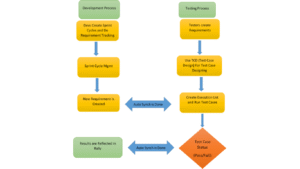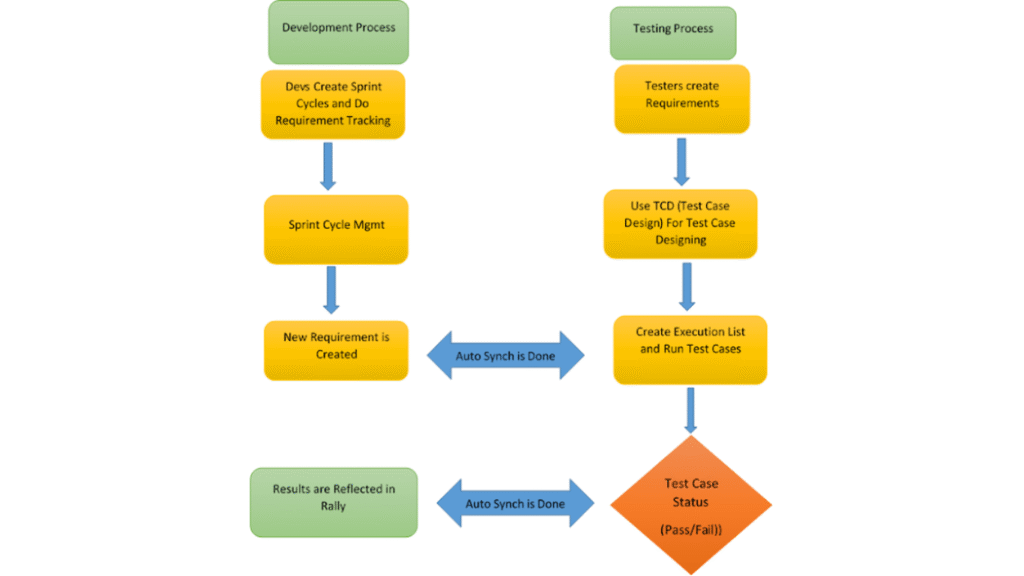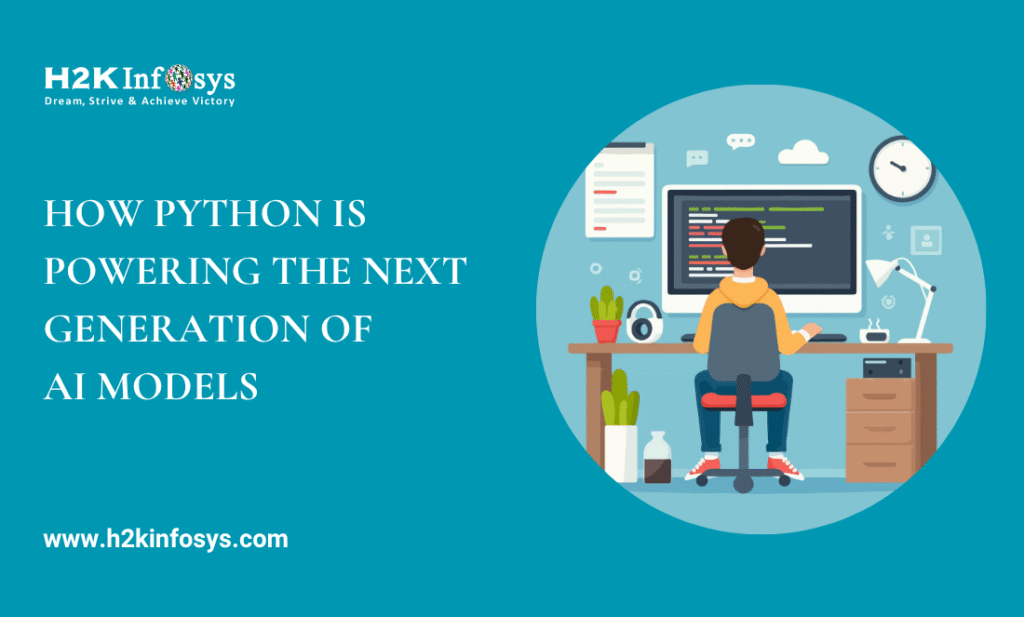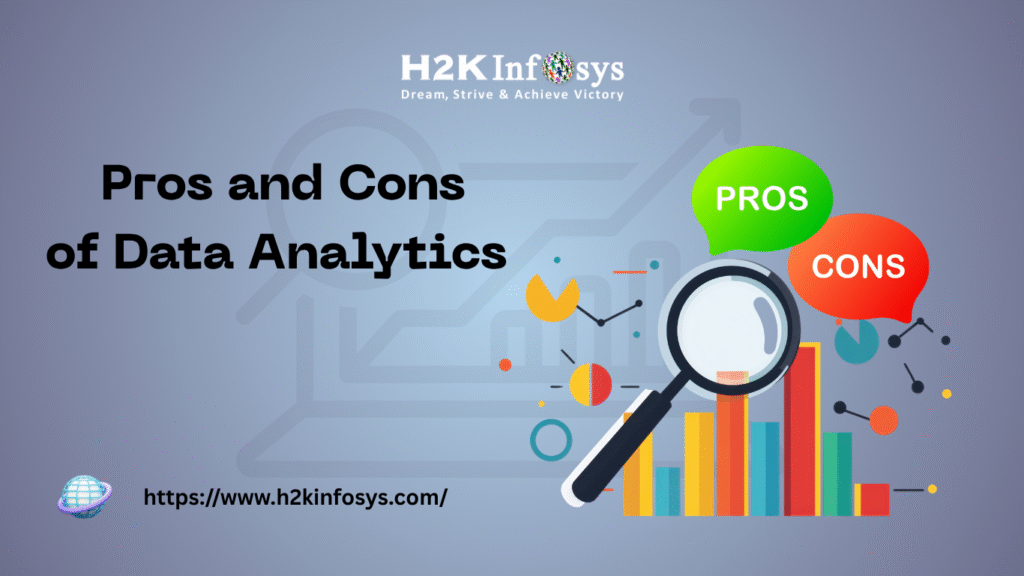Python Data Analyst In the rapidly evolving field of data analytics, Python has emerged as one of the most popular programming languages. Its versatility, ease of learning, and powerful libraries make it an essential tool for data analysts. If you’re preparing for a data analyst interview, it’s crucial to be well-versed in Python-related questions. This blog will explore some of the top Python data analyst interview questions and provide comprehensive answers to help you ace your interview.
1. What is Python, and why is it used in data analytics?
Answer:
Python is a high-level, interpreted programming language known for its simplicity and readability. It is widely used in data analytics due to its extensive libraries and frameworks, such as Pandas, NumPy, Matplotlib, and SciPy, which facilitate data manipulation, analysis, and visualization. Python’s versatility allows for easy integration with other technologies, making it a preferred choice for data analysts.
What are the key libraries in Python data analyst?
Answer:
The main libraries used in Python data analyst are:
- Pandas: Used for data manipulation and analysis, providing data structures like DataFrame and Series.
- NumPy: Provides support for large, multi-dimensional arrays and matrices along with a collection of mathematical functions to operate on these arrays.
- Matplotlib: Used for creating static, interactive, and animated visualizations in Python.
- Seaborn: Built on top of Matplotlib, it provides a high-level interface for drawing attractive and informative statistical graphics.
- SciPy: Used for scientific and technical computing, including optimization, integration, interpolation, eigenvalue problems, and other linear algebra tasks.
- Scikit-learn: A machine learning library for Python that supports various supervised and unsupervised learning algorithms.
2. Can you explain the difference between NumPy and Pandas?
Answer:
NumPy (Numerical Python) and Pandas are two essential Python libraries for data analysis.
- NumPy: Primarily used for numerical computations, NumPy provides support for large, multi-dimensional arrays and matrices, along with a collection of mathematical functions. It is best suited for performing element-wise operations and linear algebra.
- Pandas: Built on top of NumPy, Pandas offers more flexible data structures like DataFrames and Series. It is used for data manipulation and analysis, allowing users to handle data with missing values, perform group operations, and more. Pandas is particularly useful for working with labeled data and data frames.
3. What is a Python dictionary, and how is it different from a list?
Answer:
A Python dictionary is an unordered collection of key-value pairs, where each key is unique and used to access the corresponding value. It is defined using curly braces {} and is mutable, meaning its contents can change over time.
In contrast, a list is an ordered collection of elements defined using square brackets []. Lists allow duplicate elements and are also mutable. The main difference between the two is that dictionaries use keys for indexing, while lists use numerical indices.
4. How would you handle missing data in a dataset using Python?
Answer:
Handling missing data is crucial in data analysis. In Python, this can be done using the Pandas library. Here are a few common methods:
- Removing Missing Values: Use
dropna()to remove rows or columns with missing values. - Filling Missing Values: Use
fillna()to replace missing values with a specified value, such as the mean, median, or mode. - Imputation: More advanced techniques like interpolation or using machine learning models to predict and fill missing values can also be used.
5. What are Python decorators, and how are they used?
Answer:
Decorators are a powerful feature in Python that allows the modification of functions or methods without changing their actual code. They are defined using the @decorator_name syntax above a function definition. Decorators are commonly used for logging, enforcing access control, instrumentation, and caching.
6. Can you explain the concept of ‘group by’ in Pandas?
Answer:
The groupby method in Pandas is used to group data based on one or more columns. It splits the data into separate groups, applies a function to each group independently, and then combines the results. This method is particularly useful for aggregating data, such as calculating the sum, mean, or count of a grouped dataset. For example, df.groupby('column_name').sum() would sum up the values of each group.
7. What is a lambda function in Python?
Answer:
A lambda function is an anonymous, inline function defined using the lambda keyword. It can have any number of input parameters but can only have one expression. Lambda functions are often used for short-term tasks that do not require a full function definition. For example, lambda x: x + 1 creates a function that increments its input by one.
8. How do you optimize a Python code for performance?
Answer:
Optimizing Python code involves several strategies:
- Using Efficient Data Structures: Choosing the right data structures (e.g., sets for membership testing, dictionaries for lookups) can significantly speed up code.
- Avoiding Global Variables: Minimize the use of global variables as they can slow down the program.
- List Comprehensions: Use list comprehensions instead of traditional loops for creating lists, as they are faster and more readable.
- Profiling: Use profiling tools like
cProfileto identify bottlenecks in the code. - Using Built-in Functions: Leverage Python’s built-in functions and libraries, as they are optimized for performance.
9. What is the difference between a shallow copy and a deep copy in Python?
Answer:
- Shallow Copy: A shallow copy creates a new object but does not create copies of nested objects. It only copies references to the original objects, meaning changes to the nested objects affect both copies. It can be created using the
copy()method or thecopymodule. - Deep Copy: A deep copy creates a new object along with new copies of nested objects, ensuring that changes in the copied object do not affect the original. It can be created using the
deepcopy()method from thecopymodule.
10. How would you merge two DataFrames in Pandas?
Answer:
In Pandas, merging two DataFrames can be done using the merge() function, similar to SQL joins. The function allows you to specify the type of join (inner, outer, left, right) and the key(s) to merge on. For example, pd.merge(df1, df2, on='key') merges df1 and df2 on the column key.
11. What is the use of the map() function in Python?
Answer:
The map() function in Python applies a given function to all items in an iterable (such as a list) and returns a map object (an iterator). It is commonly used for applying a function to each element of a list. For example, map(lambda x: x*2, [1, 2, 3, 4]) returns [2, 4, 6, 8].
12. Can you explain the concept of list comprehension in Python?
Answer:
List comprehension is a concise way to create lists in Python. It consists of brackets containing an expression followed by a for clause and then zero or more if or for clauses. The expression can be any valid Python expression, including calling functions and methods. For example, [x**2 for x in range(10)] creates a list of squares of numbers from 0 to 9.
13. How do you handle large datasets in Python?
Answer:
Handling large datasets in Python can be challenging due to memory constraints. Some strategies include:
- Using Generators: Generators yield items one at a time, which can save memory when dealing with large datasets.
- Chunking: Loading data in chunks using libraries like Pandas (
read_csvwith thechunksizeparameter) allows you to process large files in smaller pieces. - Efficient Data Types: Use efficient data types and data structures to minimize memory usage, such as using
float32instead offloat64when possible.
14. How would you detect and remove duplicate rows in a dataset?
Answer:
- Detect Duplicates: Use
df.duplicated()to identify duplicates. - Remove Duplicates: Use
df.drop_duplicates().
15. What are some common Python libraries used in data analysis?
Answer:
- Pandas: For data manipulation and analysis.
- NumPy: For numerical computations.
- Matplotlib: For data visualization.
- Seaborn: For statistical data visualization.
- SciPy: For scientific and technical computing.
- Scikit-learn: For machine learning and predictive analysis.
- Statsmodels: For statistical modeling and hypothesis testing.
16. How do you group data in Pandas and perform aggregations?
Answer: Use groupby() for grouping and aggregation:
import pandas as pd
data = {
'Category': ['A', 'B', 'A', 'B', 'A'],
'Values': [10, 20, 30, 40, 50]
}
df = pd.DataFrame(data)
# Group by Category and calculate the sum of Values
grouped = df.groupby('Category')['Values'].sum()
print(grouped)17. What is the purpose of the groupby() function in Pandas?
Answer:
The groupby() function in Pandas is used to split data into groups based on some criteria. It is often followed by an aggregation function like sum(), mean(), count(), etc., to apply a function to each group independently. This is particularly useful for summarizing and analyzing large datasets, such as calculating the total sales for each product category.
18.You have a dataset with 1 million rows. How would you handle it efficiently?
Answer:
- Read Data in Chunks: Use
pd.read_csv()with thechunksizeparameter. - Use Dask: Leverage Dask for parallelized computations.
- Optimize Data Types: Convert columns to appropriate data types to reduce memory usage.
- Indexing: Use indexing for faster lookups and filtering.
19.How do you optimize Python code for data analysis?
Answer:
- Use Vectorized Operations: Prefer NumPy or Pandas vectorized functions over Python loops.
- Efficient Libraries: Use libraries like NumPy and Pandas for data manipulation.
- Profiling Tools: Use tools like
cProfileorline_profilerto identify bottlenecks. - Parallel Processing: Use multiprocessing or Dask for handling large datasets
20.What is the difference between ‘merge()’, ‘join()’, and ‘concat()’ in Pandas?
Answer:
- merge(): Combines DataFrames based on a key column or index.
- join(): Similar to merge, but designed for joining DataFrames on their indices.
- concat(): Stacks DataFrames either vertically or horizontally, without considering keys.
21.How is Python different from R for data analysis?
Answer:
- Flexibility: Python is a general-purpose language, while R is specialized for statistical analysis.
- Libraries: Python has a broader range of libraries for tasks like web scraping (BeautifulSoup) and machine learning (Scikit-learn).
- Learning Curve: Python is easier to learn compared to R.
- Visualization: R has robust built-in visualization tools, but Python’s Matplotlib and Seaborn are highly customizable.
22.What is the difference between a Python list and a NumPy array?
Answer:
- Data Type: Lists can store heterogeneous data types, while NumPy arrays require homogeneous data types.
- Performance: NumPy arrays are faster due to optimized C-based implementation.
- Operations: NumPy supports vectorized operations, whereas lists require explicit loops for element-wise operations.
23. How would you handle missing data in a dataset?
Answer:
- Check Missing Data: Use
isnull()ornotnull()from Pandas to identify missing values. - Drop Missing Values: Use
dropna()to remove rows or columns with missing data. - Fill Missing Values:
- Fill with a specific value:
fillna(value). - Fill with statistical measures: Mean, Median, or Mode.
- Use interpolation or predictive modeling for advanced techniques.
- Fill with a specific value:
24.Explain the difference between ‘apply()’, ‘map()’, and ‘applymap()’ in Pandas.
Answer:
- apply(): Used for applying a function along an axis (rows or columns) of a DataFrame.
- map(): Used for element-wise operations on a Pandas Series.
- applymap(): Used for element-wise operations on a DataFrame.


























3 Responses
How can mastering Python libraries like Pandas, NumPy, and Matplotlib enhance the efficiency and effectiveness of data analysis tasks, and what are some best practices for utilizing these tools in real-world scenarios?